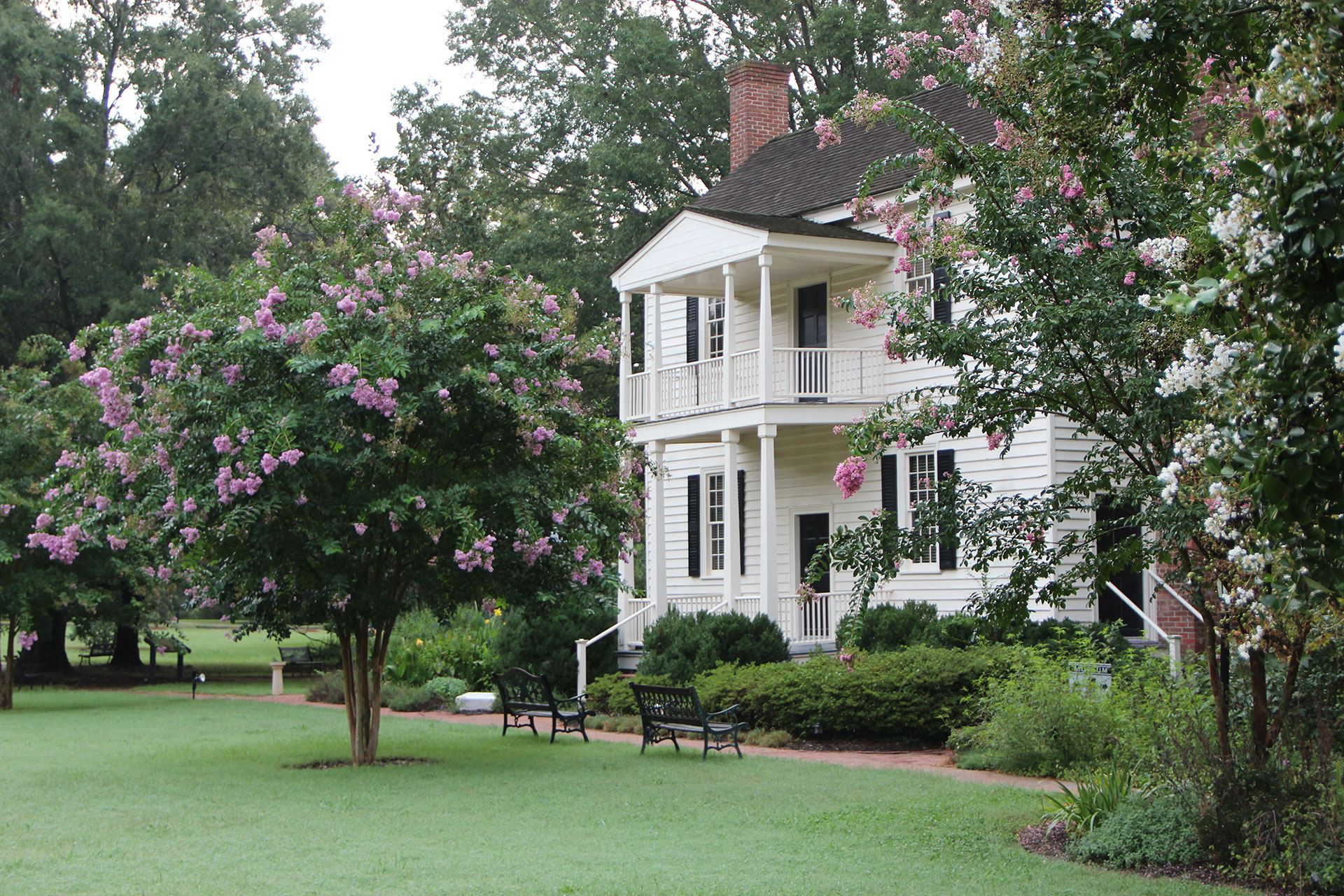Winter Energy Savings Tips
Caulking, Weather Stripping, and Air Sealing
Add weather stripping and caulking to doors and windows. As much as 30-40 percent of a home's energy load is attributed to outside air penetrating the house.
Add weather-stripping tapes that adhere directly to door or window frames for a tight seal.
Fit foam or rubber weather-stripping into gaps around doors or windows.
Install rubber or foam bottom seals under doors.
Add a door sweep to seal the gap at the bottom of a door from drafts.
Insulation
Check for appropriate insulation in the walls, attic and floor.
Choose the right R-value, which is a measure of insulating power. Higher R-values mean greater insulating power, which provides greater household energy savings and cost savings.
Insulation standards recommend R-30 insulation in ceilings. If your home has little or no ceiling insulation, considering adding some.
Be sure to insulate pipes.
Water Heater
Turn down the water heater's thermostat setting to 120 degrees. Most water heaters are set by the manufacturer at 140 degrees. Most households operate comfortably at 120 degrees, saving money on heating costs and protecting your family by reducing the risk of hot water scalding.
When washing clothes, use warm or cold water – not hot water – and rinse with cold water.
Install a low flow showerhead. Showers use less hot water than baths.
Heating System Tips
Check air filters monthly and change when necessary.
Limit use of portable or space heaters. A typical 1500 watt space heater, operated for 8 hours per day, will cost almost $40 in energy during a typical 30-day billing cycle. Considering that a 1500 watt heater will heat only a medium-size room, using space heaters is an expensive way to heat a home.
Close the flue when your fireplace is not in use.
Keep your outside heating unit clear and clean.
Make sure drapes and furniture are not blocking air vents or returns.
Use sunlight to warm rooms. Close drapes and blinds at night to retain heat.
Tips for Homes with Heat Pumps
If you heat your home with a heat pump, set your thermostat and forget it. Keep your thermostat set at the lowest comfortable level. The recommended temperature is 68-72 degrees in the winter. Every degree above 70 costs an additional 3 to 5 percent. For example, keeping your home at 75 degrees could cost nearly 30 percent more than keeping it at 70.
If you choose to adjust your thermostat, avoid dramatic changes in thermostat settings. A large increase in temperature may cause the supplemental heat strip to operate forcing greater energy consumption and higher energy costs.
Tips for Homes with Heating Systems other than Heat Pumps
If your home uses a heating system other than a heat pump, set the thermostat at 68-72 degrees during the day and – health permitting - 60-65 degrees at night. Setting the thermostat back 10 degrees at night can save 10-20 percent in heating costs.
Lighting
Consider using compact fluorescent lamps or CFLs. CFLs use a fraction of the energy of traditional incandescent light bulbs and last up to ten times as long. CFLs are available in home improvement stores in the lighting section. Replacing a traditional light bulb with a CFL will save $36 in energy costs over the life of the lamp.
Other Ideas
Wear more layers of clothing and warmer, insulated clothing while indoors.
Put extra blankets or a down comforter on the bed.
